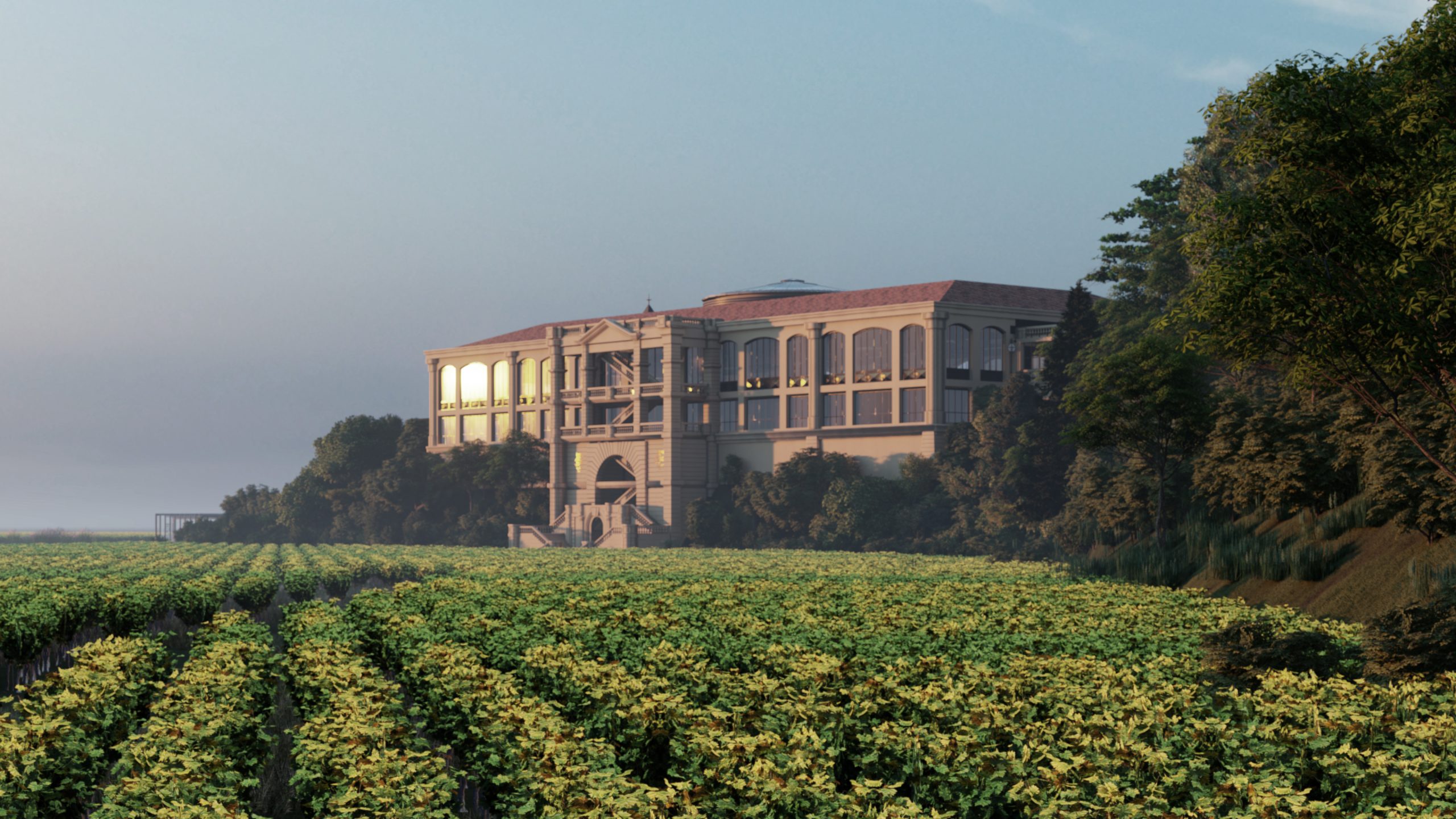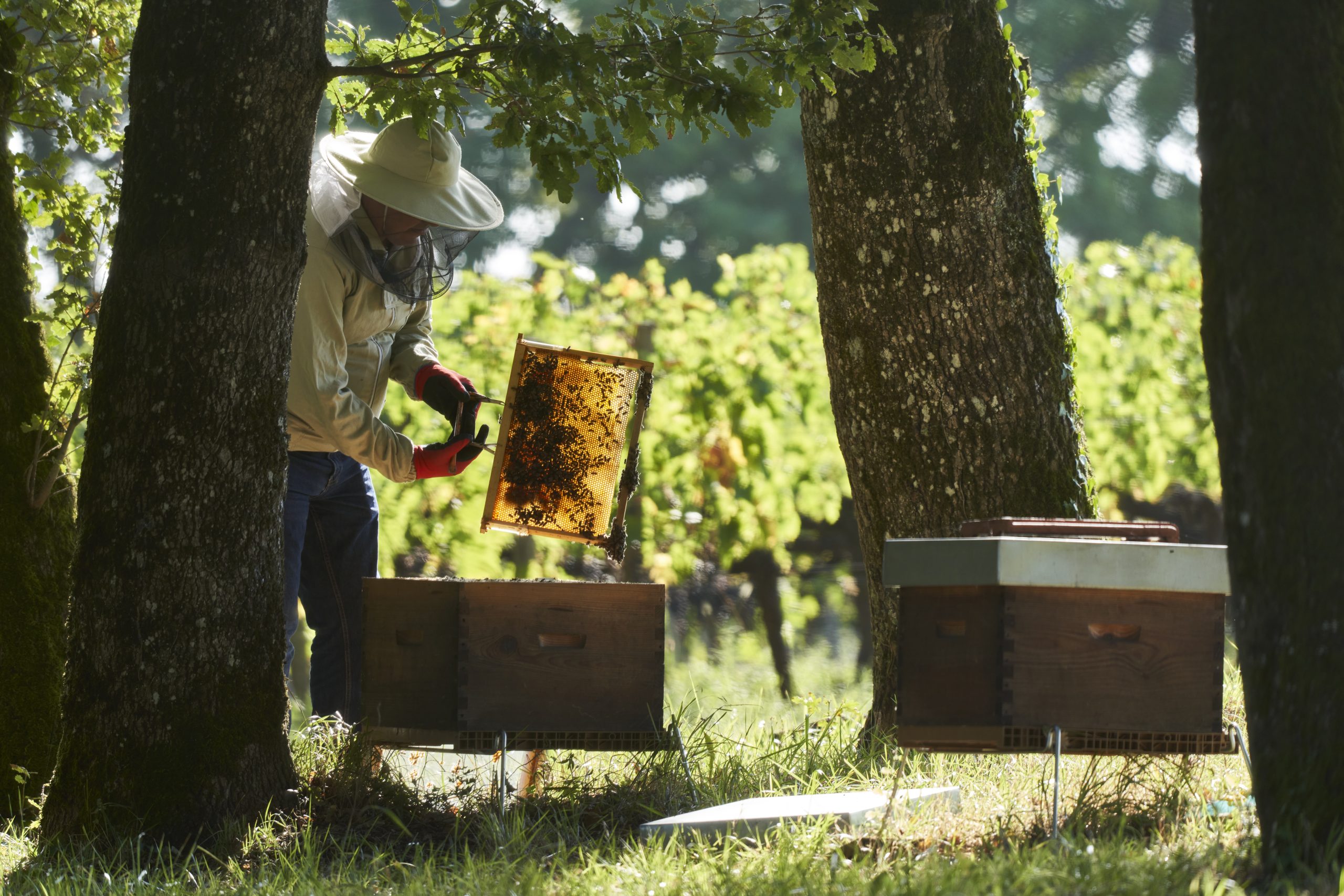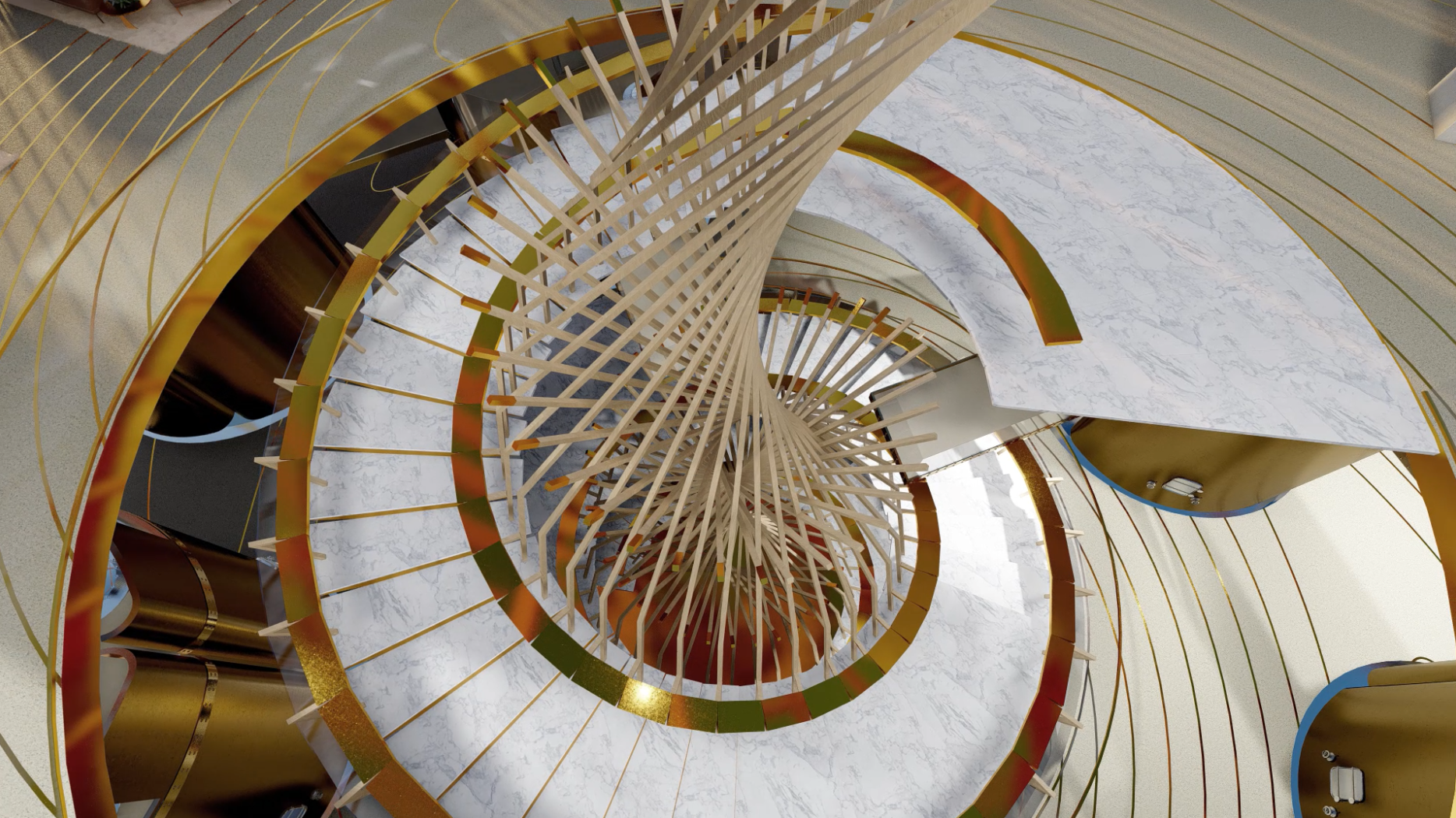Este sitio web utiliza cookies para que podamos ofrecerle la mejor experiencia de usuario posible. La información de las cookies se almacena en su navegador y realiza funciones como reconocerle cuando vuelve a nuestro sitio web y ayudar a nuestro equipo a comprender qué secciones del sitio web le resultan más interesantes y útiles.
Château Plain Point: una "bella durmiente" despierta con medallas
Una propiedad centenaria de Fronsac, Château Plain Point, ha invertido recientemente en una campaña de sostenibilidad y en equipos de última generación.

Situado en la ladera de una colina, el Château Plain Point ha sido durante mucho tiempo una propiedad privilegiada. Los registros de la propiedad se remontan a 1480, con referencias a la producción de vino en el siglo XVI. Si, en la que posiblemente sea la región vinícola más famosa del mundo, el patrimonio es un argumento de venta clave, Château Plain Point se encuentra en una posición ideal para aprovecharlo.
Sin embargo, la propiedad no da nada por sentado. Tras pasar muchos años desapercibida, ahora está adoptando un enfoque decididamente moderno en la elaboración de sus vinos. De hecho, el cambio es tal que los propietarios se refieren juguetonamente a ella como una "bella durmiente" que está despertando. Una serie de cambios e inversiones realizados en la última década están mejorando continuamente los vinos de la propiedad y situando a Château Plain Point en una mejor posición para transmitir sus terruños de Fronsac. Desde un renovado interés por la sostenibilidad hasta unas instalaciones de última generación, el Château Plain Point se está haciendo un nombre entre los críticos y los jueces.
Respeto por el terruño
Las raíces del éxito del château se encuentran, por supuesto, en su geografía. Aunque Burdeos no es conocido por sus cumbres, la bodega está situada en uno de los puntos más altos de la zona, con vistas a las colinas y viñedos que se extienden hacia la Dordoña. Esta pendiente ofrece un excelente drenaje e interceptación de la luz solar, lo que favorece el crecimiento de uvas maduras y sanas.
A lo largo de los viñedos también hay una rica geología. Los terrenos tienen, como cabe esperar de la orilla derecha de Burdeos, importantes depósitos de arcilla. La arcilla azul característica actúa como una esponja, asegurando suficiente agua en los años más secos, así como manteniendo el microclima más fresco. Sin embargo, también hay bolsas de caliza asteriada y melaza de Fronsac. La piedra caliza favorece la formación de raíces profundas que absorben una compleja mezcla de nutrientes y potencian el perfil aromático y la acidez. La melaza, por su parte, combina aspectos de la caliza y la arcilla para obtener tintos refinados, redondos y afrutados.
La protección de esos suelos, y del paisaje en general, ha sido uno de los proyectos centrales de la última década. Se han abandonado los pesticidas y herbicidas químicos, y en su lugar se utilizan medidas preventivas como el clareo selectivo de las hojas y la interrupción del apareamiento.

En consonancia con su historia, el Château Plain Point también ha adoptado técnicas anticuadas y respetuosas con el medio ambiente para proteger sus tierras. Junto con sus vecinos, la finca practica la ganadería mixta, con 250 ovejas que recorren libremente la finca de octubre a abril. Las ovejas mantienen la hierba bajo control y enriquecen el suelo. Château Plain Point también utiliza caballos de labranza, una opción de labranza precisa que minimiza los daños y la compactación del suelo, y ha instalado colmenas para fomentar la biodiversidad.
Invertir en nuevas instalaciones
El respeto por el terruño se extiende también a la elaboración del vino. En 2023 se inauguró una nueva y moderna bodega, diseñada para aprovechar la geografía local y maximizar la expresión del terruño. De hecho, la ubicación en lo alto de una colina fue un factor determinante en el diseño final.
El edificio está directamente en la ladera, lo que significa que tres de las cuatro plantas son en parte subterráneas. Esto crea temperaturas frescas y constantes de unos 15 °C durante todo el año. Las condiciones son ideales para la crianza del vino, ya que se accede a ellas por una espectacular escalera que favorece la circulación del aire.

Estas condiciones subterráneas también permiten a los vinicultores utilizar un diseño de flujo por gravedad. Las uvas descienden a un nuevo suelo en cada fase del proceso, un proceso suave que preserva el carácter del vino al minimizar la agitación y la exposición al oxígeno.
Las nuevas instalaciones de Château Plain Point también cuentan con el lujo del espacio. Las bodegas tienen espacio para 87 cubas (60 de hormigón, 13 de madera y 14 de acero inoxidable). Con tantas opciones, las parcelas pueden vinificarse por separado antes de mezclarlas, preservando así su carácter único. El experimentado equipo (ayudado desde 2016 por el enólogo asesor Hubert de Boüard, de Château Angélus) tiene ahora libertad para mezclar y aislar los componentes a su antojo.
Las nuevas instalaciones prometen mejorar aún más las expresiones del terruño de Fronsac de Château Plain Point. Sin embargo, la propiedad ya ha demostrado su pericia, incluso cuando esas instalaciones estaban en construcción. Un par de cosechas recientes, un tinto y un blanco, impresionaron recientemente a los jueces expertos del Bordeaux Masters 2024, y cada una de ellas obtuvo una medalla de oro.
El presidente del jurado, Patrick Schmitt MW, comparte sus notas de cata a continuación. Los vinos también podrán degustarse gratuitamente en el stand de Global Wine Masters en la London Wine Fair.
Château Plain Point Rouge

- Productor: Château Plain Point
- Región: Fronsac, Burdeos
- País: Francia
- Cosecha: 2018
- Variedades de uva: 81% Merlot, 9% Cabernet Franc, 8% Cabernet Sauvignon, 2% Malbec
- CONTENIDO EN ALCOHOL: 15%.
- Precio de venta al público aproximado: 40
- Medalla: Oro
Brillante ejemplo del potencial de calidad de las mezclas de Cabernet de Fronsac, esta joven expresión rebosa caracteres de mora y cereza, complementados también con notas de frambuesa y grosella negra. A los sabores de fruta madura se añade un toque de cremosidad, junto con madera de cedro, tostado y algo de caja de puros, antes de que el vino termine con un toque de hoja de tabaco. Los taninos firmes secan la boca tras la carnosidad del paladar medio.
Château Plain Point Blanc

- Productor: Château Plain Point
- Región: Fronsac, Burdeos
- País: Francia
- Cosecha: 2019
- Variedades de uva: 100% Sauvignon Blanc
- CONTENIDO EN ALCOHOL: 12,5
- Precio de venta al público aproximado: 40
- Medalla: Oro
Un vino blanco fino, fresco y ligeramente cremoso que mezcla con éxito caracteres de cítricos picantes con notas tropicales de piña y fruta de la pasión. Persistente, el vino también presenta sabores persistentes de brotes de guisantes y hojas de grosella negra, junto con vainilla y un toque de pan tostado. Un vino blanco refrescante, con capas y satisfactorio en su juventud, con potencial para envejecer y desarrollar caracteres más tostados y melosos con el tiempo.

